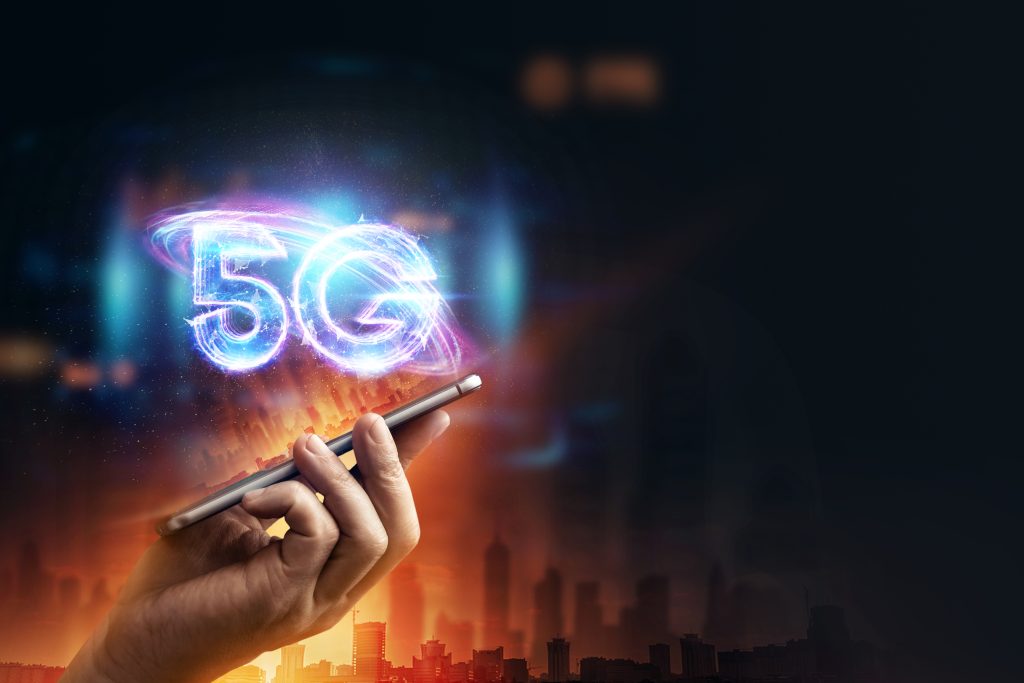They say “every rose has its thorn,” and the same can be said for 5G technology. While it promises lightning-fast speeds and connectivity like we’ve never seen before, there are potential drawbacks that you should be aware of. In this discussion, we will uncover the negative aspects of 5G, shedding light on issues such as limited coverage, decreased upload speeds, cybersecurity risks, and more. Brace yourself, because the flip side of this cutting-edge technology might just surprise you.
Limited Global Coverage
Limited global coverage is one of the significant drawbacks of 5G technology, restricting its availability to specific locations and leaving remote areas without access. This limitation poses several challenges for the deployment of 5G networks worldwide. One of the main challenges is the network infrastructure requirements. Building the necessary infrastructure to support 5G technology in every corner of the globe is a complex and costly endeavor. It requires the installation of numerous small cells and base stations, which can be challenging in rural areas with limited resources and geographical barriers.
The impact of limited global coverage is felt most acutely in remote areas. These areas often lack the necessary infrastructure and connectivity options even with existing 4G networks. With the limited coverage of 5G technology, the digital divide between urban and rural areas is likely to widen further. This lack of connectivity in remote areas can have significant consequences, including limited access to education, healthcare, and economic opportunities.
Furthermore, the limitations in global connectivity also have implications for international communication and collaboration. It restricts the seamless exchange of data and information across borders, hindering global connectivity and cooperation. This can have a negative impact on various sectors, including business, research, and diplomacy.
Decreased Broadcast Distance
The decreased broadcast distance in 5G technology poses challenges for network coverage and requires additional infrastructure to ensure connectivity. Unlike its predecessor, 4G, which can cover larger distances, 5G has a shorter range due to the use of higher frequency bands. This limitation means that more towers and base stations are needed to ensure consistent coverage, resulting in increased infrastructure requirements.
Interference issues can arise as a result of the decreased broadcast distance in 5G. High-frequency signals used in 5G have difficulty penetrating obstacles such as buildings and trees, leading to potential signal degradation and reduced network performance. This interference can affect the quality and reliability of the connection, especially in densely populated areas where multiple devices are accessing the network simultaneously.
To overcome these challenges, network operators and governments need to invest significant resources in building a dense network of towers and base stations. This process is time-consuming and expensive, requiring careful planning and coordination. Additionally, the installation of these additional infrastructure components may face resistance from communities concerned about potential health risks and aesthetic concerns.
Upload Speeds and Device Heat
One of the challenges with 5G technology is the impact it has on upload speeds and device heat. This can have several negative implications, including:
- Increased Power Consumption: 5G networks require more power to operate, leading to increased power consumption by devices. This can result in shorter battery life and the need for more frequent charging.
- Network Congestion: The limited upload speeds of 5G can contribute to network congestion, especially in areas with high user demand. This can lead to slower data transfer and a less seamless user experience.
- Latency Issues: While 5G offers low latency for real-time applications, the slower upload speeds can cause latency issues when uploading data. This can be problematic for activities that require quick and efficient data transmission.
- Device Compatibility: Some older devices may not be compatible with 5G technology, further exacerbating the upload speed issues. Users may need to upgrade their devices to fully benefit from the capabilities of 5G.
- Network Infrastructure Requirements: The implementation of 5G requires significant investment in network infrastructure, including the installation of more towers and equipment. This can be time-consuming and costly, potentially delaying the widespread availability of 5G and hindering its benefits.
Weakened Device Batteries
With the impact of upload speeds and device heat in mind, a significant concern of 5G technology lies in the potential weakening of device batteries. The implementation of 5G technology has the potential to lead to increased battery drain, reduced lifespan, limited battery capacity, rapid power consumption, and decreased battery efficiency.
One of the major factors contributing to these issues is the higher data transfer rates that 5G offers. While this allows for faster downloads and streaming, it also requires more power from the device, leading to increased battery drain. Additionally, the increased bandwidth and capacity of 5G networks put a strain on device batteries, as they have to handle more data at a faster pace.
Furthermore, the limited battery capacity of current devices may struggle to keep up with the demands of 5G technology. The rapid power consumption associated with 5G connections can quickly deplete the battery, resulting in shorter battery life and the need for more frequent recharging.
Cybersecurity Risks
Implementing 5G technology brings about a range of cybersecurity risks that must be carefully addressed and mitigated. As the world becomes increasingly interconnected, the number and complexity of cybersecurity threats continue to rise. With 5G, the potential for data breaches, network vulnerabilities, privacy concerns, and hacking risks becomes even greater. Here are two sub-lists that highlight the emotional impact of these cybersecurity risks:
- Cybersecurity Threats:
- Data Breaches: The increased speed and capacity of 5G networks create a larger attack surface for cybercriminals to exploit, potentially leading to massive data breaches and compromising sensitive information.
- Network Vulnerabilities: The deployment of 5G introduces new network infrastructure and technologies, which may have unknown vulnerabilities that can be exploited, putting critical systems and services at risk.
- Privacy Concerns and Hacking Risks:
- Privacy Concerns: With the proliferation of connected devices and the massive amount of data generated, concerns arise regarding the collection, storage, and sharing of personal information, leading to potential privacy violations.
- Hacking Risks: The increased connectivity and reliance on 5G networks make them attractive targets for hackers. From smart homes to autonomous vehicles, any device connected to the network becomes a potential entry point for cyberattacks.
To ensure the secure implementation of 5G technology, it is crucial to invest in robust cybersecurity measures, such as encryption, authentication protocols, and intrusion detection systems. Additionally, ongoing monitoring, regular updates, and user education are essential to mitigate the risks associated with cybersecurity threats in the 5G era.
Lack of Encryption and Security Concerns
The potential cybersecurity risks associated with the implementation of 5G technology, particularly the lack of encryption and security concerns, require careful attention and proactive measures to ensure a secure environment for users and data. The lack of encryption early in the connection process is a significant concern. Without encryption, it becomes easier for hackers to intercept and manipulate data, potentially compromising sensitive information. As 5G networks expand, the need for improved security measures becomes crucial.
Efforts are being made to address these security concerns. One approach is to focus on improving encryption methods to protect data during transmission. Implementing stronger encryption protocols can help safeguard information from unauthorized access and ensure its integrity. Additionally, securing IoT devices connected to 5G networks is essential. These devices often have limited security features, making them attractive targets for cybercriminals. Regular security updates and patch management are necessary to mitigate vulnerabilities.
Consumer awareness is another critical aspect of addressing security concerns. Educating users about the potential risks and best practices for securing their devices and data can help prevent cyberattacks. This includes using strong and unique passwords, avoiding suspicious websites and downloads, and being cautious of phishing attempts.
Furthermore, network infrastructure protection is vital to safeguarding 5G networks against emerging cybersecurity threats. Robust security measures, such as intrusion detection systems and firewalls, should be implemented to monitor and protect network traffic. Regular security audits and assessments can also help identify and address vulnerabilities in the network infrastructure.



